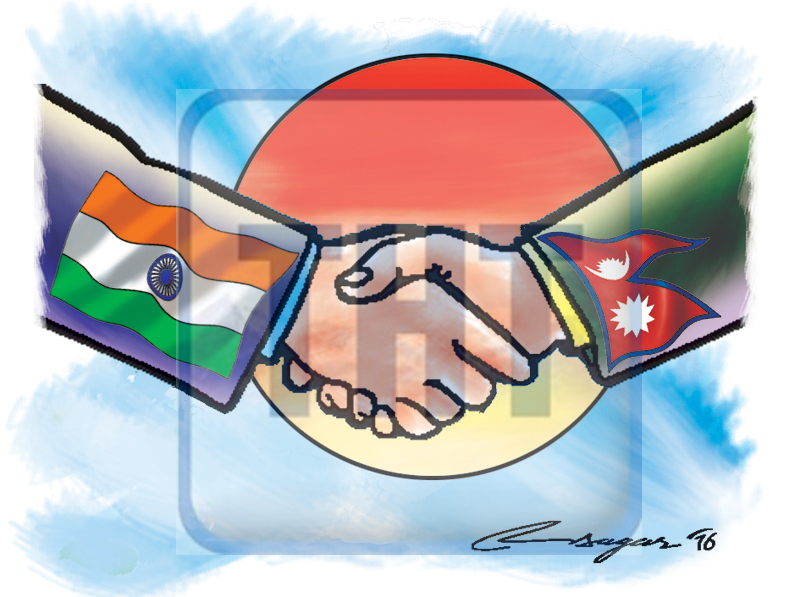Opinion: Remain connected through the umbilical cord
Separating Sita from Ram, Janakpur from Ayodhya, and Kathmandu from Kashi is tantamount to severing the body from the soul
In a stunning claim, Nepali Prime Minister KP Sharma Oli on July 13 said that Ayodhya, the ancient city believed by millions of Hindus to be the birthplace of Lord Ram, is actually in a place west of Birgunj in southern Nepal. Speaking at an event organised at his official residence in Kathmandu, on the occasion of the birth anniversary of Aadikavi Bhanubhakta Acharya, the first poet of Nepali language, Oli said, "Nepal has become a victim of cultural encroachment and its history has been manipulated."
The statement added fuel to the fire of fast-burning Nepal-India relations in recent days. In a damage control move, the Ministry of Foreign Affairs clarified that the remarks made by Prime Minister Oli were not political and had no intention at all to hurt the feelings and sentiments of anyone.
PM Oli, under growing pressure to resign amidst a rift in the ruling Nepal Communist Party over his style of functioning, has alleged that some of the ruling party leaders are aligning with the southern neighbour to remove him from power after his government issued a new political map incorporating three territories of Lipulekh, Kalapani and Limpiyadhura. His allegations have been criticised by senior NCP leaders, including former PM Pushpa Kamal Dahal, who demanded PM Oli’s resignation, saying that his recent anti-India remarks were neither politically correct nor diplomatically appropriate.
The Nepal-India bilateral ties came under strain after Indian Defence Minister Rajnath Singh inaugurated the 80-kilometre-long strategically crucial road connecting the Lipulekh pass to Dharchula in Uttarakhand, on May 8. It did not go down well with the government of Nepal which claimed that the border-end of the road was built on the land belonging to Nepal. Nepal has also updated its political map and included some territories in the new map, recently. Nepal further capped the circulation of the new map with a ban on private sector Indian TV news channels. PM Oli even threatened the people of Tarai by bringing a bill in the Parliament to amend the current citizenship act relating to the foreign (Indian) spouse. The move was aimed at further rubbing India the wrong way.
At a time when India and China are locked into a military stand-off in Ladakh, observers interpret the moves by Nepal to invite an Indian reaction could be exploited as creating anti-India hysteria to the extent that a compelling case could be made for the recall of the Gurkhas in the Indian Army. This would greatly benefit China towards which Nepal has tilted.
PM Oli finds the Chinese lap so comforting for Nepal that he is desperate to cut the once only Hindu country of the world from its umbilical cord. The Ayodhya statement is another step in that direction. India for ages has been Nepal's grazing ground, but Nepal under Oli finds the southern grass insipid.
Separating Sita from Ram, Janakpur from Ayodhya, and Kathmandu from Kashi is tantamount to severing the body from the soul. It is high time PM Oli turned himself back from the temptations of the northern neighbour.






